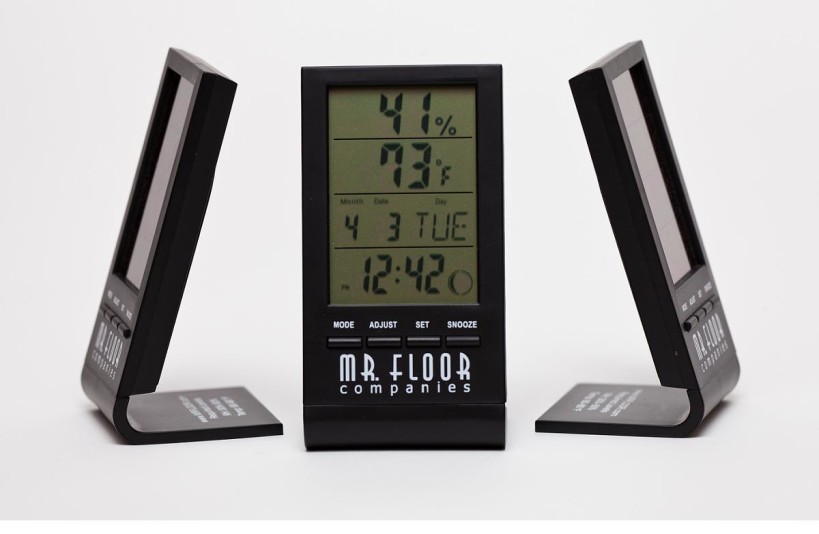wood floor gaps, wood floor installation
Summer Months, Increased Humidity and Your Wood Floor
With the coming of summer, and the warm, humid weather, chances are you’re going to start seeing some changes in your hardwood floor. Here are some tips to keep your floor at its best.
Wood Flooring is Hygroscopic
As you may have read in our blog post, “Wood Floor Seasoning Wood Seasoning: The Secret To A Great Wood Floor,” wood is hygroscopic. This means that wood both absorbs and expels moisture based on the relative humidity of the space in which it exists. Much like a sponge, but obviously to a lesser extent, when wood is exposed to a humid environment floor planks absorb this excess moisture and expand. When the humidity drops floors lose their moisture, much like a sponge and shrink. This natural phenomenon has several implications for a homeowner with wood floors.
In the winter, when the relative humidity is low, the air in your home can become very dry. If the in-home humidity is below 30%, the water naturally contained in a wood floor begins to evaporate and the wood actually shrinks. Because the wood grain of the hardwood floor runs lengthwise, making it somewhat dimensionally stable, the width and to a lesser extent, thickness of the boards can shrink in a dry environment. This is why you sometimes see gaps form between wood planks in hardwood floors during dry, winter months.
During the summer, the process is reversed. As the humidity rises above 50% in your home, your wood floors, whether they are a solid or engineered format , will begin to absorb moisture. As the moisture level of the wood increases, it naturally expands and the gaps you might have seen between boards in the winter begin to close. In the most extreme situations of high humidity and an inadequate amount of expansion at the outer perimeter, wood floor boards can cup, crown or even twist from the increased pressure brought about by the absorption of water.
Maintain Humidity Below 50% during the Summer Months
To keep the expansion of your floor boards to a minimum, it’s important to keep the humidity level in your home below 50% during summer months. Air conditioning naturally removes some humidity from the air, but if your wood floor is installed in naturally humid areas, like a basement, you might need to install a dehumidifier to remove excess moisture.
A good tool to help you maintain the proper humidification in your home is a thermo-hygrometer. Mr. Floor makes an attractive and effective tool to help you maintain proper humidity. Not only will a Mr. Floor Thermo-Hygrometer keep you informed on the climate of your home and helps keep your wood floor at its best, it will also help you keep comfortable no matter what the season!
Additional Resources:Igor Murokh
Igor is a graduate of the University of Illinois and holds a B.A. in Economics. He has worked in the flooring industry for over 30 years and is the VP and Sales Manager of Mr. Floor Companies in Skokie, IL. Igor is a certified wood flooring inspector (CWFI) and routinely helps clients assess flooring issues.

